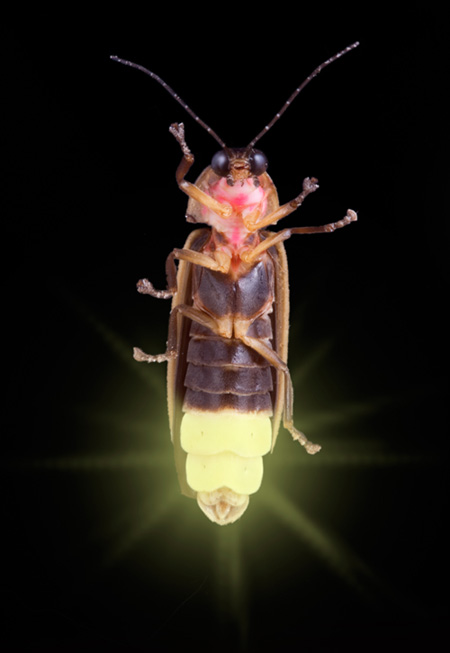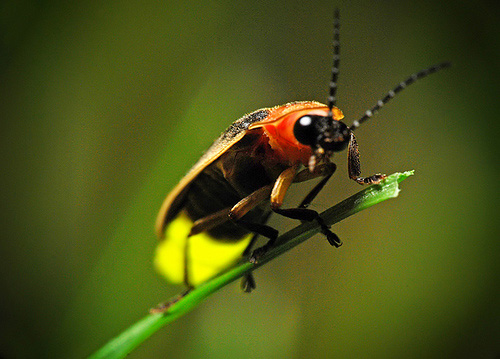scientifically understand these results is put into perspective ...
". They measured fMRI areas that were active during the presentation of all these faces and ~ 5 minutes later when the same their face was presented again during another activity.
Fig 2: The principle of the experiment and the 4 conditions of visual feedback. [Img
] Source: Vrtika, et al. (2009)
 What they found: the results. ... a selection of RESULTS complete.
What they found: the results. ... a selection of RESULTS complete. Fig 3: cd one of the results of the experiment: the ACC is activated more when the face is "enemy" (he smiled at your defeat or is angry your victory). [ImgThe brain recognizes faces" 12.08.2009: Coast: "The human brain retain the memory of faces, especially malicious"
] Source: Vrtika, et al. (2009) Among other results, the one that struck him most in general is that certain areas including the amygdala and the anterior cingulate cortex (anterior cingulate cortex = ACC) more activated when reviewing the faces that were "enemy." The ACC is generally regarded as a region that modulates and regulates emotions " Finally, of Particular interest, [...], That We Found In The rostral ACC activity WAS Significantly modulated By The Prior social context of faces, and Exhibited a Selective Increase to faces of "Foes" from The Two incongruent feedback conditions. "See Purves
The possible interpretation: A selection of DISCUSSION CONCLUSIONS and
The article suggests - in cautious terms - we remember the feelings evoked the first time we met a face. "
The activation of Some Of These new regions to face Sami Encounters Of The identities IS modulated By The positive (friendly) or negative (hostile) nature of past social context, Providing a neural substrate for enduring impression That person CAN influence Emotion and Behavior Subsequent presentation Düring With The Same deal identities. " The average reader of this journal (Nature) is probably capable of putting into perspective the assumptions in the data: For example that the measure of the fMRI signal is interpreted as the activation of an area: it is a hypothesis very strong now. But in fact with the fMRI BOLD (@lecerveau.McGill
) [ img] is measured indirectly a rush of blood that occurs after activation and must deduct the time (a few seconds ). That each image is a difference in all measured activities between a condition considered as "rest" and one tested etc.. But sans ce recul, peut-on bien comprendre ces résultats ? D'autre part les auteurs discutent les autres explications possibles et la portée, la solidité de ces conclusions.
"Because most of the abovementioned areas showed the highest levels of activation for familiar faces previously encountered in an incongruent social context, our results could potentially also be interpreted as a simple incongruency/congruency effect on memory. However, an incongruency effect would predict similar influences for both types of incongruent faces irrespective of their previous expression (smiling or angry), whereas our results indicated a clear difference as a function of expression, in agreement with a role for more specific factors related to emotional / social perception Düring encoding. "
Thus the findings are supported by data and rationale in reference to the assumptions supports the findings: This article allows the reader to build a scientific knowledge!
A scientific information becomes a matter of Trivial Pursuit? This research Vrtika, P. et al. (2009) has been reported in the press in general. It is found naturally simplified. What is interesting is to see what remaining in this process. This news was reported in the press in general. But obviously simplified. What is interesting is to see what remains in this process. The articles mentioned most often one of the conclusions, but not the experimental conditions or the interpretation that would include the scope of information. For example the free "20 minutes" as of August 20: "Enemies stored" and a brief article
"The brain recognizes faces, especially enemies. Researchers at the University of Geneva discovered that it was enough one short confrontation to remember the feeling. "(page 3). Some conclusions - without justification or reference methods - is all that remains. And described with emphasis on dimensions dramatic or sensational. It's probably a good story to the envy of knowledge, or to begin an inquiry. In the educational context it is perhaps an excellent article to create the desire to know, or to begin an inquiry, but if it is on such items as scientific literacy of young people is built, we can be worried. Yet some research suggests that young people acquire most of their scientific culture through the media and in school ... What the press has published on this Each new can get an idea of the degradation of the information by reading the selection of newspaper articles following publication of scientific IASC has assembled. Geneva Tribune, August 11, 2009 Our brain remembers the emotion expressed by a face
11/08/2009: 20 Minutes, Geneva: "Enemies
stored "
08/11/2009: The Courier, Geneva: "The brain implicitly recognizes faces, especially enemies" 11.08.2009: The Time, "
08/16/2009: The Sunday Morning: "Unforgettable Faces
- "
- 08/28/2009: Medical Tribune "The brain has a good memory for faces "
degradation information in the extension process This transformation is standard and has been studied by other scientists. In a chapter of a book edited by W. Doise, University of Geneva, and C. Garnier researchers Lausanne Green, EGT, & Clemence, A. (2002) study how a scientist has published its contents processed by the extension. "When driving, scientific discovery is gradually stripped of a set of characteristic elements of thought informative. The language expert, precise and abstract, is replaced by concrete expressions and known. The experimental description is abandoned in favor of a focus on strange and troubling things, having been simplified, turned into general statements. The elements of the original article are simplified around an idea or a central image. This [... ] takes place in a debate on its possible consequences and leads people to develop points of view to give an incomplete conclusion to a story. "
An example of percolation: The molecular basis of attachment in mammals
For example studied by Green, EGT, & Clemence, A. (2002).
 The seminal paper in Nature:
The seminal paper in Nature: Young, L., Nilsen R., Waymire, K., MacGregor, G. & Insel, T. (1999). Increased affiliative response to vasopressin in mice Expressing The V1a receptor from a monogamous flies. Nature, 400 (6746), 766-768. Young, LJ & Wang, Z. Nature Neurosci.
7, 1048 Science et Vie Junior 192 in September 2005. P 36 Extracts Intranet File: Love Naissant ,
Addict
, Dropped Other Related

Bartels A, Zeki S. (2000) The Neural Basis of romantic love . Neuroreport. 2000 Nov 27; 11 (17) :3829-34. Intranet.pdf
Bartels A, Zeki S. (2000) The Neural Correlates of
Maternal and Romantic Love
NeuroImage Vol. 21 (3), p. 1155-1166 (2004) Zeki, S. FEBS Lett.
581, 2575 2579 (
2007). inevitable degradation or different educational niche? To produce these Bio-Hills I have read Nature and Science ( yes, it's a chance, but it's ~ 200 tightly packed pages every week or two ) and I see how most of the time the original is in such journals, and is included in Research and Science et Vie for example, to arrive in the mainstream newspapers. Some examples of this are available percolation here. Does this mean that some journals are badand other
good? I rather think that perhaps based on their level-formulating determine which of these journals is more suited to a public school or has committed a type of activity. In particular we can distinguish items that cause the questioning, items that can find answers. Then we distinguish in each of these different types of journals articles. Nature News Some are quite catchy ( Abdulla
, Sara. (1999).
mouse GM Makes a mastermind
), while some issues of Science & Vie are well documented. (Peat, Caroline. (2009) Science et Vie IX09 p. 67
Extracts intranet.jpg- Sources
- Green, EGT, & Clemence, A. (2002). Membership of laboratory mice with the gene of loyalty in life: an example of transformation of scientific knowledge in common sense. In C. Garnier & W. Doise (Eds.), Social representations. Tagging the field of study. Montreal: Éditions news, pp. 147-155, 2002. (Pp. 147-155). extracts OCR intranet.pdf
- Vrtika, Pascal, Andersson, Frederick Sander, David and Vuilleumier, Patrik (2009) 'Memory for friends gold Foes: The social context of past Encounters with Their faces modulate Subsequent neural traces in the Brain '
- , Social Neuroscience, 4:5, 384-401, First published on: July 27, 2009 (iFirst) Experimental blog about the evolution of biology. To explore how we could keep alive the link between research and teaching.

![A chacun son cerveau : Plasticité neuronale et, inconscient [Broché],François Ansermet (Auteur), Pierre, Magistretti (Auteur)](http://ecx.images-amazon.com/images/I/51WJ8K3VBJL._SS500_.jpg)
 ] Source: Moiseff, Andrew, et al. (2010). Full figure and legend
] Source: Moiseff, Andrew, et al. (2010). Full figure and legend 




 (15–24 October).
(15–24 October).